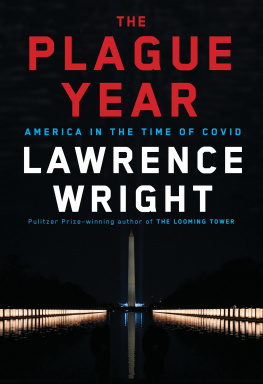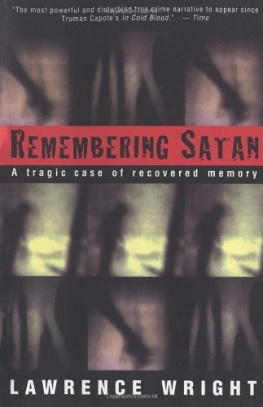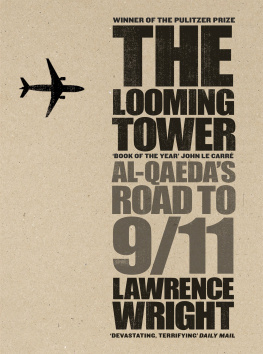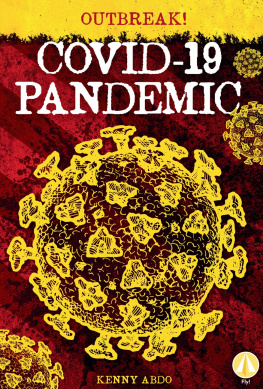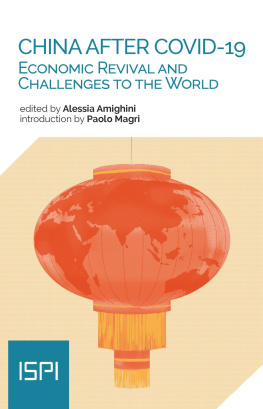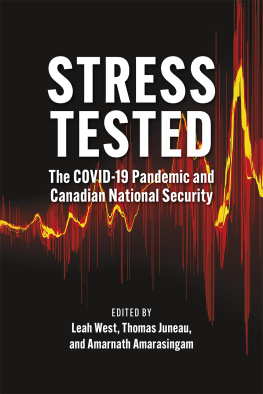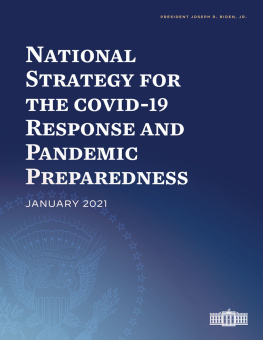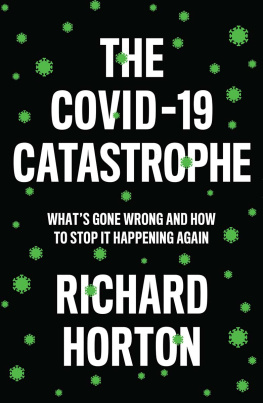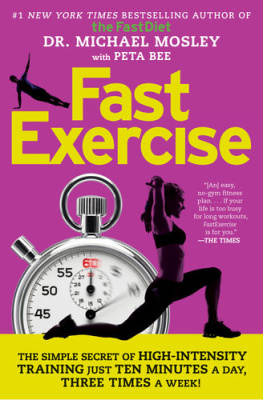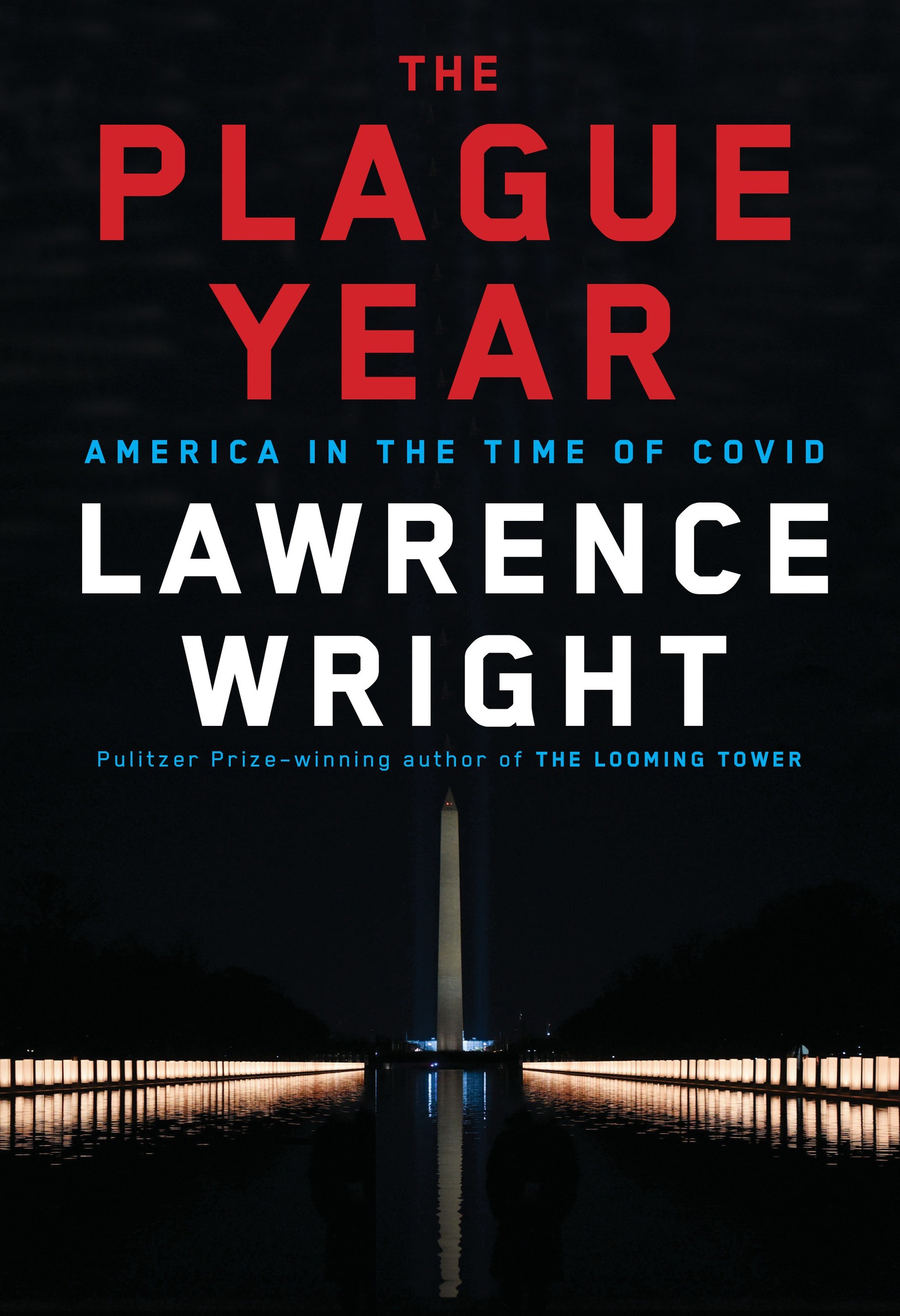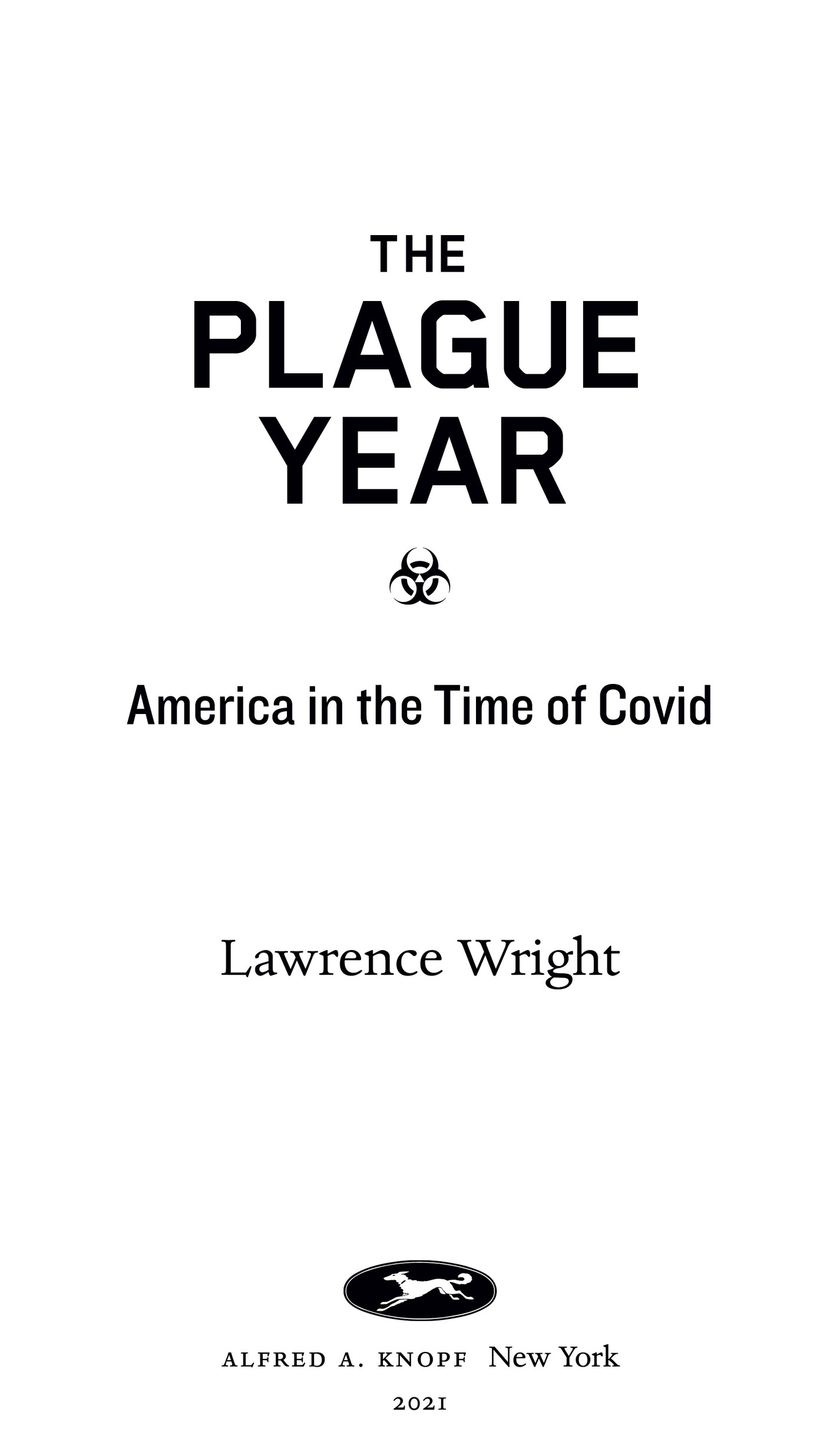PUBLISHED BY ALFRED A. KNOPF
All rights reserved. Published in the United States by Alfred A. Knopf, a division of Penguin Random House LLC, New York, and distributed in Canada by Penguin Random House Canada Limited, Toronto. This is an expanded version of The Plague Year which originally appeared in The New Yorker on December 8, 2020.
Knopf, Borzoi Books, and the colophon are registered trademarks of Penguin Random House LLC.
Prologue
H istory has paid a call on Wuhan before. In 1966, Mao Zedong, the seventy-two-year-old chairman of the Communist Party, visited the city. He already had the death of tens of millions of people on his hands: the forced industrialization campaign of the Great Leap Forward led to the greatest famine in human history. Mao inaugurated that catastrophe by swimming in the Yangtze, the largest river in China, at one of its widest points, in Wuhan. Now he worried that his grasp on power was weakening. There were rumors that he was in ill health or near death. He needed to prove them wrong. He had just announced the latest stage of his plan for China, the Cultural Revolution. He would swim the river again.
A legend was concocted in the party press about how far and how quickly the old man swam that daymore than nine miles in sixty-five minutes, according to the state newspaper, which would have been a world record. Video of the event shows him doing a leisurely side stroke, surrounded by bodyguards and thousands of enthusiastic supporters who plunged in after him. The swim was a turning point in Maos chaotic rule, amplifying a personality cult among young people who now saw him as their champion. They became the Red Guards, the vanguard of the reign of terror that lasted until Maos death ten years later.
Mao visited Wuhan again the following year, but this time he was greeted by insurrection. Demonstrators, some carrying iron bars, others with machine guns, surrounded Maos villa, shouting slogans through loudspeakers and actually breaking into the compound. Mao was spirited away, but it was the most perilous moment in his nearly two decades of rule. Wuhan was purged; 184,000 citizens and soldiers were reported killed or injured in Hubei Province.
Present-day Wuhan is a city of eleven million people in the heartland of the country. Like Chicago, Wuhan is a major transportation center, a crossroads of railways and expressways; the Wuhan Tianhe International Airport is a hub of the Chinese airline system, with direct flights to major cities all over the world. It is an intensely modern city, but like all of China, it sits atop a mountain of trauma.
On December 26, 2019, at Hubei Provincial Hospital of Integrated Chinese and Western Medicine, Dr. Zhang Jixian examined an elderly couple complaining of fever and a coughflulike symptomsbut a CT scan showed a form of pneumonia the doctor hadnt seen before. She summoned the couples son and found that he, too, was suffering from an unknown pneumonia. She observed, It is unlikely that all three members of a family caught the same disease at the same time unless it is an infectious disease. At about the same time, healthcare workers were falling ill with similar symptoms, indicating human-to-human transmissions of the new pathogen was taking place. That fact was not acknowledged by government officials until nearly a month later; instead, authorities instructed the medical staff not to wear masks or gowns because they might give rise to panic.
On December 30, 2019, Ai Fen, the director of the emergency department of Wuhan Central Hospital, received a lab report of an atypical pneumonia. Like other doctors, Ai had noticed a stream of patients with unfamiliar pneumonias. A novel disease probably had been circulating in Hubei Province since November or possibly mid-October. Some of the cases seemed to be connected to the Huanan Seafood Wholesale Market not far from Dr. Ais hospital. Ten of its 653 stalls offered exotic animalsincluding badgers, snakes, crocodiles, and pangolinswhich were sold live and slaughtered in front of the customers. It was called a wet market because it was covered with scales and blood and water that splashed out of the fish tanks. Often, animal cages were stacked on top of each other, so that a palm civet nursing a virus might pass it to a hedgehog in the cage below. People also get infections from animals, but they are not considered human diseases unless they are shown to be transmitted from one person to another.
The lab report diagnosed Dr. Ais patient as suffering from SARS coronavirus. That report would prove inaccurate; it was actually a previously unknown SARS coronavirus that causes a disease that would come to be called Covid-19.
Dr. Ai was used to dealing with crisesanyone who works in an emergency department has to have a steady temperamentbut the lab report left her shaken. She circled the diagnosis in red and shared it with a few colleagues, reminding them to pay attention to protecting themselves.
There was good reason for Dr. Ais concern. Severe acute respiratory syndrome, or SARS, a coronavirus that erupted in China in November 2002, had thrown the country into its worst political crisis since the 1989 Tiananmen Square uprising. The initial response of the Chinese government and the ruling Communist Party had been to hide the outbreak, even from its own public health officers. Under the cloak of the news blackout, SARS spread through the country, reaching Beijing the following March. Doctors in charge of the treatment had no idea what was going on, so closely held was the information, but frightened rumors spread by text messages. Pharmacies sold out of antibiotics and flu medicines. The new disease killed nearly 10 percent of the people it infected, becoming the first epidemic since HIV/AIDS dangerous enough to threaten the entire world. SARS is thought to have passed from horseshoe bats into masked palm civets and presumably into its first human hosts in the wet markets of Guangdong.
When World Health Organization (WHO) authorities were finally allowed into the country to inspect Beijing hospitals, in mid-April of 2003, patients suffering from the disease were smuggled into ambulances and driven around the city or checked into hotels until the inspectors finished their tour. By that time the contagion had already skipped from China to Hong Kong, Hanoi, Singapore, Taiwan, Ulaanbaatar, Toronto, and San Francisco. That outbreak eventually reached thirty-two countries, but through heroic efforts on the part of public health officials around the world, and simple luck, the disease was contained in July 2003, nine months after it first appeared.
Another coronavirus, MERS-CoV, which causes Middle East respiratory syndrome, or MERS, was first reported in Saudi Arabia in 2012. It proved to be less contagious than SARS but much deadlier, killing about 35 percent of the people it infected. Public health officials everywhere were on edge about the potential danger of coronaviruses, but fortunately MERS spread rather poorly.

